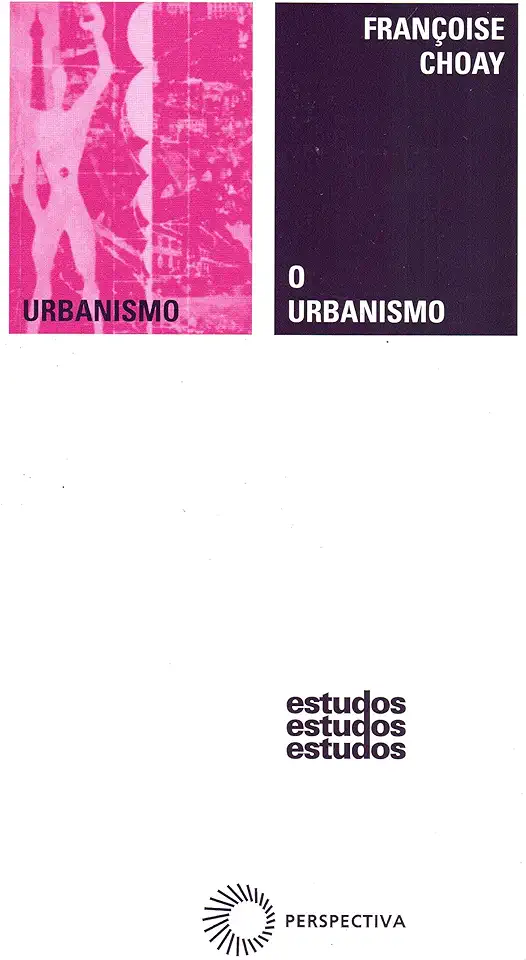
Urbanism - Françoise Choay
Urbanism: The History and Present of the Urban Condition
Introduction
In her seminal work, "Urbanism: The History and Present of the Urban Condition," Françoise Choay offers a comprehensive and thought-provoking exploration of the evolution of cities and the impact of urbanization on human societies. Through a meticulous examination of historical and contemporary urban forms, Choay presents a compelling narrative that challenges conventional notions of urbanism and invites readers to critically reflect on the future of cities.
The Birth of Urbanism
Choay begins by tracing the origins of urbanism, arguing that cities emerged as a response to the need for social and economic organization. She examines the earliest urban settlements, such as ancient Mesopotamia and the Indus Valley, and highlights the key factors that contributed to their growth and development. Choay emphasizes the role of technology, trade, and political power in shaping the urban landscape and argues that cities have always been centers of innovation and cultural exchange.
The Classical City
Choay then delves into the classical city, focusing on the Greek and Roman periods. She analyzes the urban planning principles and architectural styles that characterized these ancient civilizations and explores the relationship between the physical form of the city and the social and political structures that governed it. Choay argues that the classical city represented a high point in urban design and that its legacy continues to influence contemporary urbanism.
The Medieval City
The medieval city is examined as a period of transition and transformation. Choay discusses the impact of Christianity on urban development and the emergence of new urban forms, such as the walled city and the market town. She also explores the social and economic changes that occurred during this period and their impact on the urban environment. Choay argues that the medieval city laid the foundation for the modern city and that its legacy can still be seen in many contemporary urban centers.
The Renaissance City
The Renaissance city is presented as a period of renewed interest in classical learning and culture. Choay examines the architectural and urban planning innovations of this period, such as the use of perspective and the development of new building types. She also explores the impact of the printing press and the rise of humanism on urban life and culture. Choay argues that the Renaissance city marked a turning point in urban history and that its legacy continues to shape contemporary urbanism.
The Industrial City
The industrial city is analyzed as a period of rapid urbanization and technological change. Choay examines the impact of the Industrial Revolution on the urban landscape and the emergence of new urban forms, such as the factory town and the slum. She also explores the social and economic consequences of industrialization and the challenges that cities faced in adapting to the new industrial order. Choay argues that the industrial city represented a major turning point in urban history and that its legacy continues to shape contemporary urbanism.
The Modern City
The modern city is presented as a period of experimentation and innovation in urban planning and design. Choay examines the rise of modernism and its impact on urban form, including the development of new building types, such as the skyscraper, and the emergence of new urban planning concepts, such as zoning and green space. She also explores the challenges that cities faced in the 20th century, such as traffic congestion, pollution, and social inequality. Choay argues that the modern city is still in a state of flux and that its future is uncertain.
Conclusion
In conclusion, Françoise Choay's "Urbanism: The History and Present of the Urban Condition" is a comprehensive and thought-provoking exploration of the evolution of cities and the impact of urbanization on human societies. Through a meticulous examination of historical and contemporary urban forms, Choay presents a compelling narrative that challenges conventional notions of urbanism and invites readers to critically reflect on the future of cities. This book is a must-read for anyone interested in urban planning, urban design, and the history of cities.
Enjoyed the summary? Discover all the details and take your reading to the next level — [click here to view the book on Amazon!]